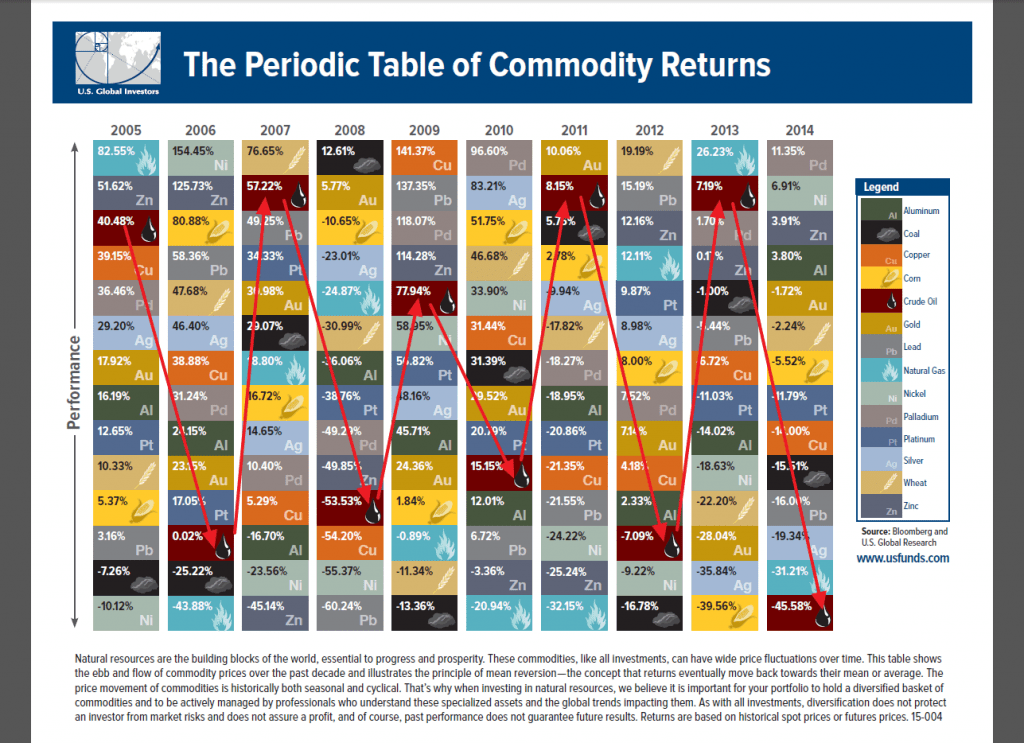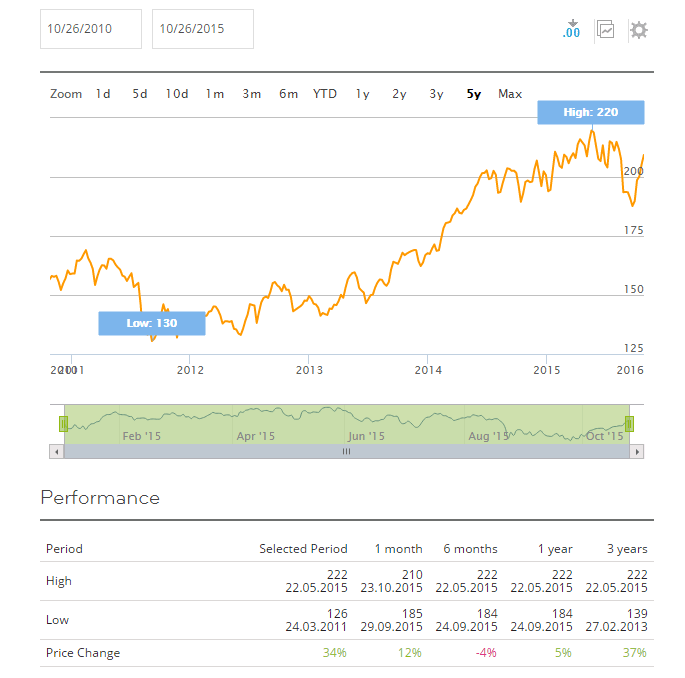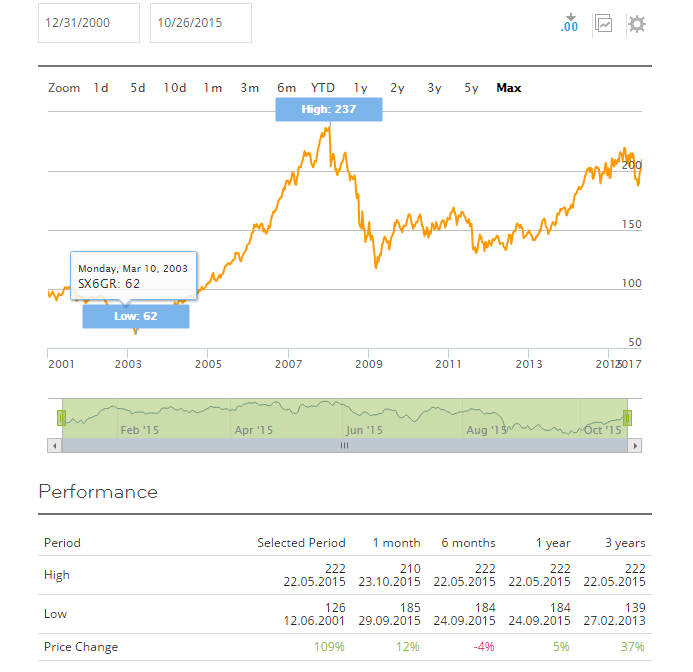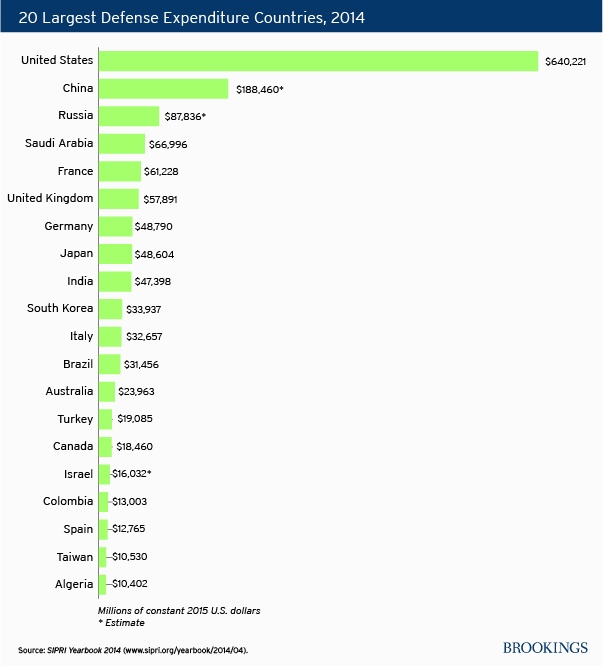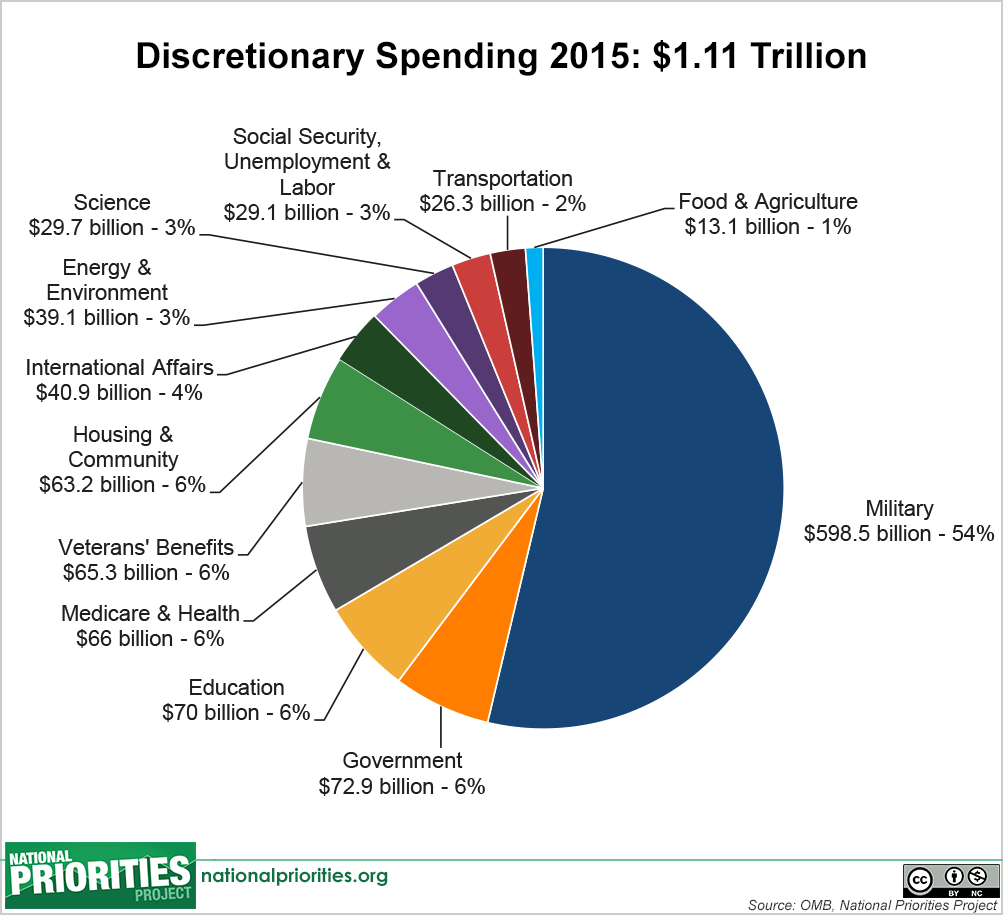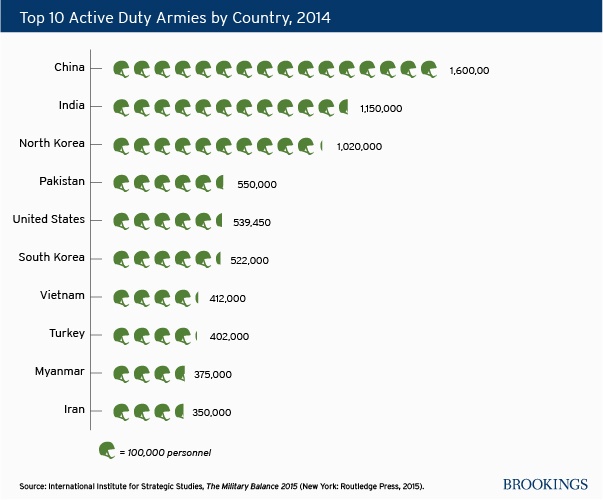- America’s Coming Cognitive Decline (Bloomberg) Also see Cognitive Decline and Retirement (Canadian Investment Review)
- Why India needs a new constitution (Quartz) Hat Tip: Marginal Revolution. Some would say the US Constitution needs an upgrade too…….
- Dividend Kings should buy in crises (in German – Use Google Translate) (Tim Schaefer) Also see From zero to $15,000 in dividend income in 8 years (Dividend Growth Investor)
- The New Economics of Oil (The Oxford Institute for Energy Studies)
- Continental Divide In Latin America (Global Finance)
- 10 savvy year-end tax strategies (Fidelity)
- Why the world needs short sellers (MaClean’s)
- Small Stars Can Shine Bright (Mark Mobius)
- Wealth management experts reveal the causes of investment horror (Money Observer)

Inside US Capitol, Washington DC
